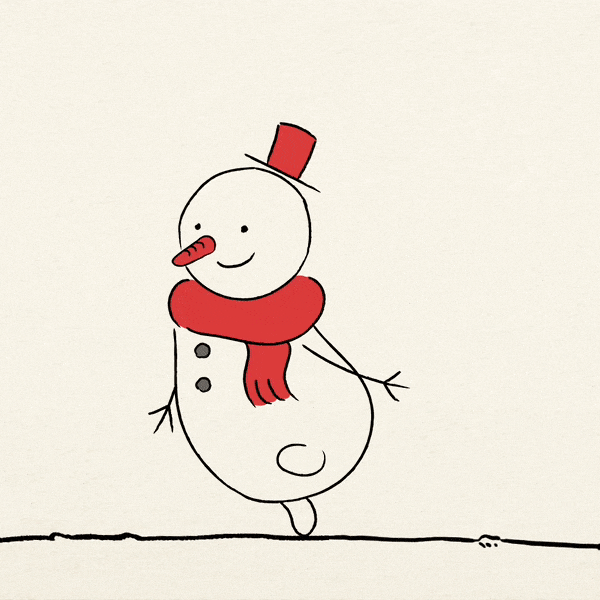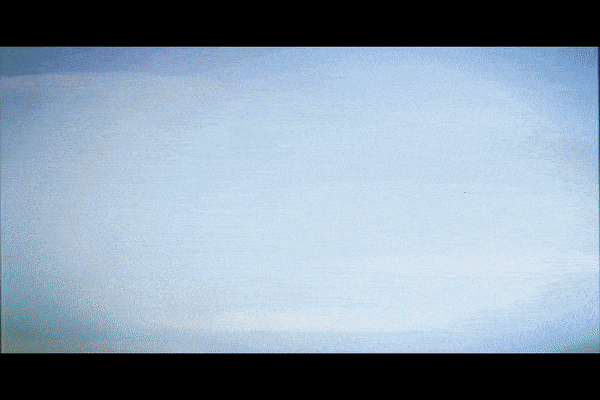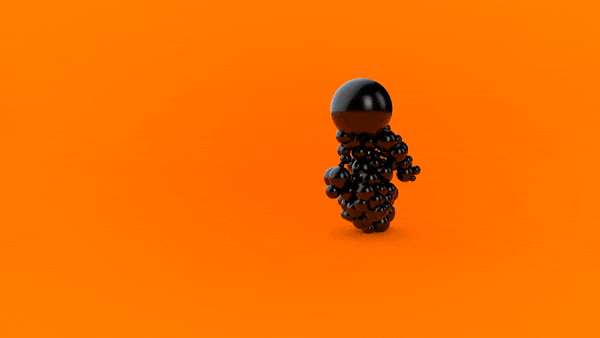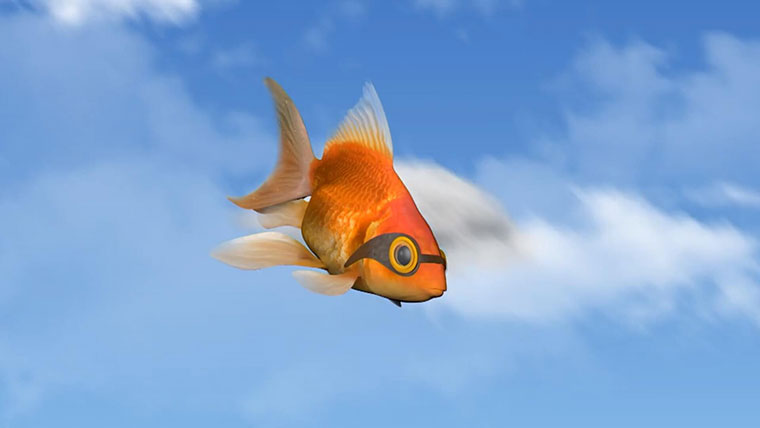Strike a “Pose” – The Animation Collection
Fashion is easy to label: vintage, business casual, ethnic, goth. The list goes on and on.
Animations are the same way. And like a fashion statement, not everyone is going to agree on which looks best.
Here’s a quick overview of the various styles out there.
Cel animation
short for celluloid, is a hand-drawn technique in which each scene is drawn frame-by-frame. So, if you think about it, just raising the subject’s arm takes a multitude of individually drawn images that are then combined to make a seamless motion. And that’s for an action that is only 2-seconds long! Cel animation is often referred to as traditional animation as it was used in cinema prior to the use of computers. It’s a laborious process that requires both time and resources. Many animated, Disney films such as Snow White and the Seven Dwarfs (1937) employ this style. The GIF below is an example of this style. Click on the image to see the full, 25-second spot which took two weeks to create and consists of 300 frames.Low Poly
a collection of vertices, edges and faces (a polygon mesh) that collectively make up a 3D object. The result is generally more abstract in appearance. There are a number of different software programs used to create low poly animations including Cinema 4D and Maya. The GIF below was created using low poly and shows Goldie the goldfish wearing an astronaut helmet.
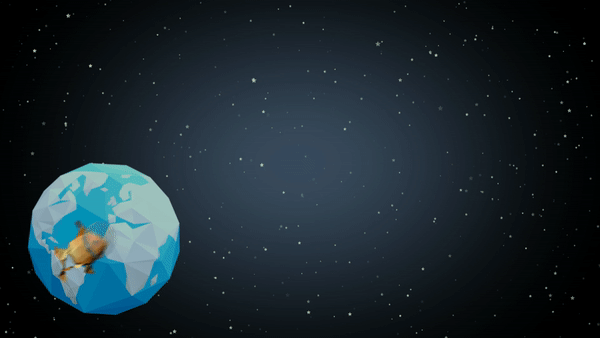
Claymation
do you remember Gumby (here’s a clue – green)? This style of animation employs the use of stop-motion and objects made out of malleable substances (such as clay). Because it uses stop motion, animators must create each scene frame-by-frame. So just like cel, it too can take ample time to create. Because we love Goldie so much, we wanted to show the beloved fish in another setting – this time swimming in the ocean.
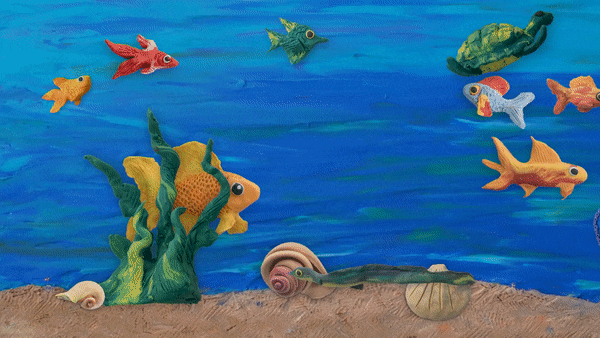
Pose to pose
this technique creates key poses for characters. As part of the process, the animator generates transitional frames in between poses to give the illusion of movement. This style is used in many types of animation including traditional as well as 3D. Here you’ll see the animator’s initial sketches of the character walking (each step consists of 30 sketches) and then subsequently followed by the same sequence in its final form. You can also see the full animation by clicking on the GIF.
2D
if you’ve ever watched Saturday morning cartoons, then you’ve seen this style. Two-dimensional animations were once at the heart of the industry. However, as technology has evolved, it has become less prevalent in the film sector. It is still a favorite though amongst cartoonists and digital content providers. If you’re looking for a good educational tour and want to go on safari, click on the image below to see this style and learn about different types of video content in general.
3D
are you a gaming buff? Then you have certainly come across 3D animations. (Although it’s also used in many other sectors as well.) This is computer animation in which objects are created and animated in what appears to be a three-dimensional space. When employing this style, animators must remain aware of every part of the character. The opposite is true in 2D where you can draw just what is seen by the viewer.
Pixelation
this is a stop motion technique in which live actors are photographed doing small, related movements that are then sequenced together. This style can be seen in films dating back to the early 1900s. The gentleman rotating below shows this style in particular. The full :60 spot was filmed in one day and showcases various scenes that feature everyday household objects.
Mixed Media
this is a combination of different materials or styles of animations. Remember that goldfish we kept mentioning early on? Collectively, the entire video would be considered a mixed media spot as it utilizes several styles including low poly, claymation, 2D and some 3D work.
These are some of the many types of animations available and as technology evolves, the options for both designers and consumers will only continue to grow.
Just like your shoe collection. The difference is that while your latest pair of shoes may become so last season, your animation preference will likely remain steadfast…just like good ol’ Gumby.
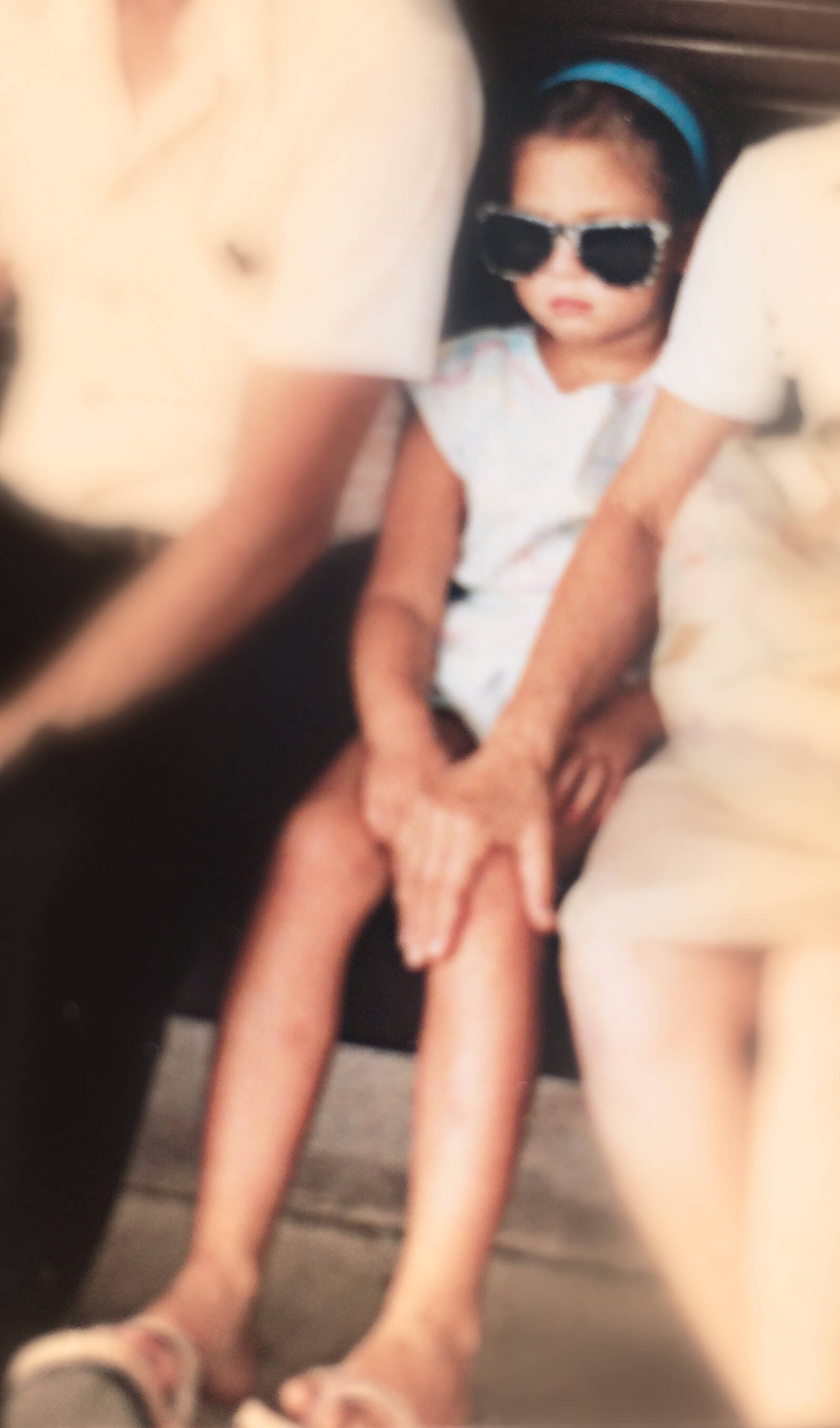
ABOUT THE EXPERT: Jeanne Gunther
Jeanne is a seasoned producer having filmed in locations all over the world. She understands that while important, creativity and quality are not dependent solely on crew size and budgets. With experience in the film and television industry, she thrives in deadline-driven environments and knows production means staying flexible.
As the Executive Producer at MultiVu Creative, she manages and facilitates shoots of all sizes featuring a variety of celebrities, athletes and executives. From PSAs to short-form narratives to commercials, Jeanne oversees the story development, production and post-production of a multitude of projects highlighting global pandemics, social awareness issues and consumer products.
Before MultiVu, Jeanne was a documentarian covering HIV/AIDS and its affect amongst African American women in the U.S. She served at CBS and freelance reported for the Agence France-Presse (AFP). She worked for stations including WCBS, WAFB – a CBS affiliate in LA and more.
About MultiVu
MultiVu, a Cision/PR Newswire division, produces and places compelling content strategically across multiple channels globally to deliver targeted results and drive desired engagement. Created in 2002 from network news veterans and media relations professionals, MultiVu has grown into a content creation and media strategy company, leading in the broadcast communications industry. More information can be found on www.multivu.com.
